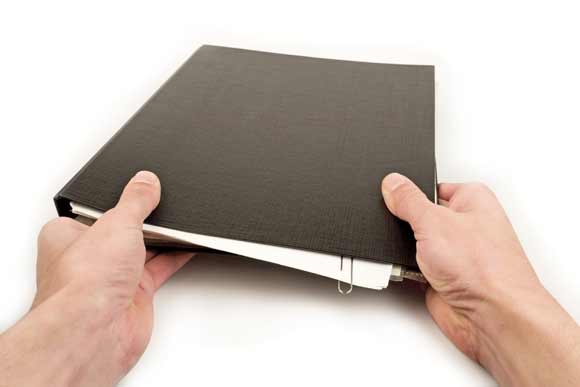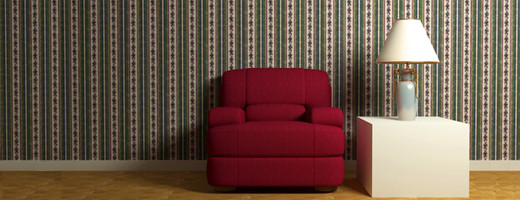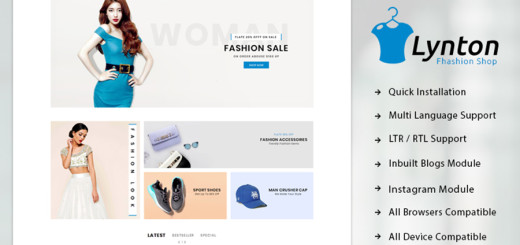How to Land Your First Offline Web Design Job
0We all know being a web designer requires skills, a good mindset and some talent, but this is not everything. It is a bit difficult to explain how to get the first real client, because it depends on many factors and elements. When we say “real client”, we mean a business relationship, not your cousin or your father’s company. We mean someone that is willing to pay for your services and is willing to accept your opinion (as you are the expert) and price tag.

I don’t think we need to tell that you require knowledge in the first place if you want to start your career as a freelance web designer. Do not start working or trying to find clients until you are sure you can handle the types of things that are usually required. You need to have minimum skills in everything, from Photoshop to InDesign, plus HTML and CSS (at least intermediate) and, why not, maybe some PHP, ASP.net, JavaScript and jQuery. Having a wider knowledge in the domain will never hurt, but will actually help you. Bear in mind that you also need project and account management skills for some parts of the project.
Get a portfolio
This is huge. This is actually the most important. If you can’t offer prospects, a showcase of your work, you can’t land a job. I know you will ask me how to have a portfolio if you are new to this. Well, there’s never too early to start doing something on your own. Work on your website. Ask some friends if they need help with a design. Search for Photoshop and Illustrator tutorials on the internet and try to reproduce them. All this work counts. You can check these (High Quality Portfolio Showcase Free WordPress Themes).
I know, it requires some low- or none-paying jobs and a lot of work by yourself to build a portfolio, but once you have it, you can call yourself a freelancer and advertise the fact that you are free and on the market.

Image by shutterstock
Design the portfolio in a unique way; in the end, the portfolio will bring you clients. Don’t use a general template and don’t make it look bad. If you can’t design your own portfolio in a way that people like it, how do you expect clients to arrive? The portfolio should be the best work of yours, you shouldn’t be able to top it.
After you have a portfolio up and running, go and print some business cards. Not many, but print some. Make sure they do not look cheap, because this sends a message about you. Invest something in yourself, otherwise you won’t get anything back in return. Then start spreading these business cards around and tell people what is it you do and what you are good at. It all starts from here!
Find prospects
When I say find prospects I mean actually getting their contact information. Get e-mails and phone numbers from all the companies you know (especially the ones that need web design services – in your opinion, the expert) and type them all in a document. Always take business cards from the people you gave your business card to. Type these persons in as well. Then go and talk to them. Don’t write, don’t call, just go to them. It is easier to make contacts this way. Moreover, as designers, we know how powerful the visual impact can get, therefore talking on the phone or just sending a cold, business style e-mail might not get you the job. Prospective clients have to see you, talk to you face to face and figure out you are what they need. Everybody can hide behind a well formulated e-mail.

Image by shutterstock
Dress nice and formal, walk into the building and ask straight for the top manager. Depending on the size of the company, this might not be possible; if this is the case, ask for someone from the marketing department; but not the intern or the cleaning lady. You need to see someone important. Make it bold and tell the other employees you need to talk with the boss.
Whoever is it you manage to talk to, it is a step forward. Thank them for taking their time and briefly explain them what is it you do and what you search for.
Get the body language and act accordingly
After you have introduced yourself and told what you do, notice body language signs and try to figure it out if the one standing in front of you is interested in your services. You can just pick it up from there. If they are interested, then ask them some questions, such as “Do you have a website?” (of course you already know the answer to this – never go unprepared), “When was it built?” and so on. Get into a dialog about what they have or need and then move slowly to what can you offer.

Image by shutterstock
Some of the prospects might not be interested in what you say; some might even get rude or impolite. Well, in this situation you just hand them out a business card, thank them for their time and assure them one more time that keeping your contact information is a good move, because at some point in time they will need the services you offer. Don’t make it arrogant, just let them know you are willing to work with them in the near future.
If one of the ones you are talking to is very interested (which might not happen too often), then continue asking more questions about the target audience, the users, social media and so on. Don’t throw out a bid just like that. Getting some answers to different questions is the key to building a good working relationship. Check this tips to Turn Website Visitors into Clients.
The price
When you are done asking questions and got what you wanted, you can start thinking of offering the price. This is only for the situation in which the client is interested in your services and willing to collaborate with you.

It is also a good idea to ask for milestone payments or deposits. Most of the clients will try to lower your bid by negotiating, therefore many freelance webdesigners raise their prices by some percent so when the client negotiates the bid down, it is a win-win situation: the client thinks he got a good deal and the freelancer earns as much as he thinks it’s fair. Some other freelancers only set a fair quote and are not willing to negotiate it, but you decide what approach suits you better. Check this tips for how to set a cost for a design project.
What’s next?
Well, what’s next only depends on you. Now you landed your first webdesign job(s) and you can take it from here. A thing that I do is to always underpromise and always overdeliver. When I set the deadline, I usually set it with one week more than I need. When I know I can definitely deliver some stuff, I only say I will try, but I am not sure I can. This way your reputation will always grow and the clients will maybe further recommend you. This is another win-win situation: you deliver what you always planned and the client thinks he got the best out of you.
Bear in mind freelancing is not always about skills, but also about being at the right place in the right moment. By going to all these companies you have a big chance of being at the right place.
How did you get your first freelance web design job? Did you use this method or was it something else you would like to share with us?




